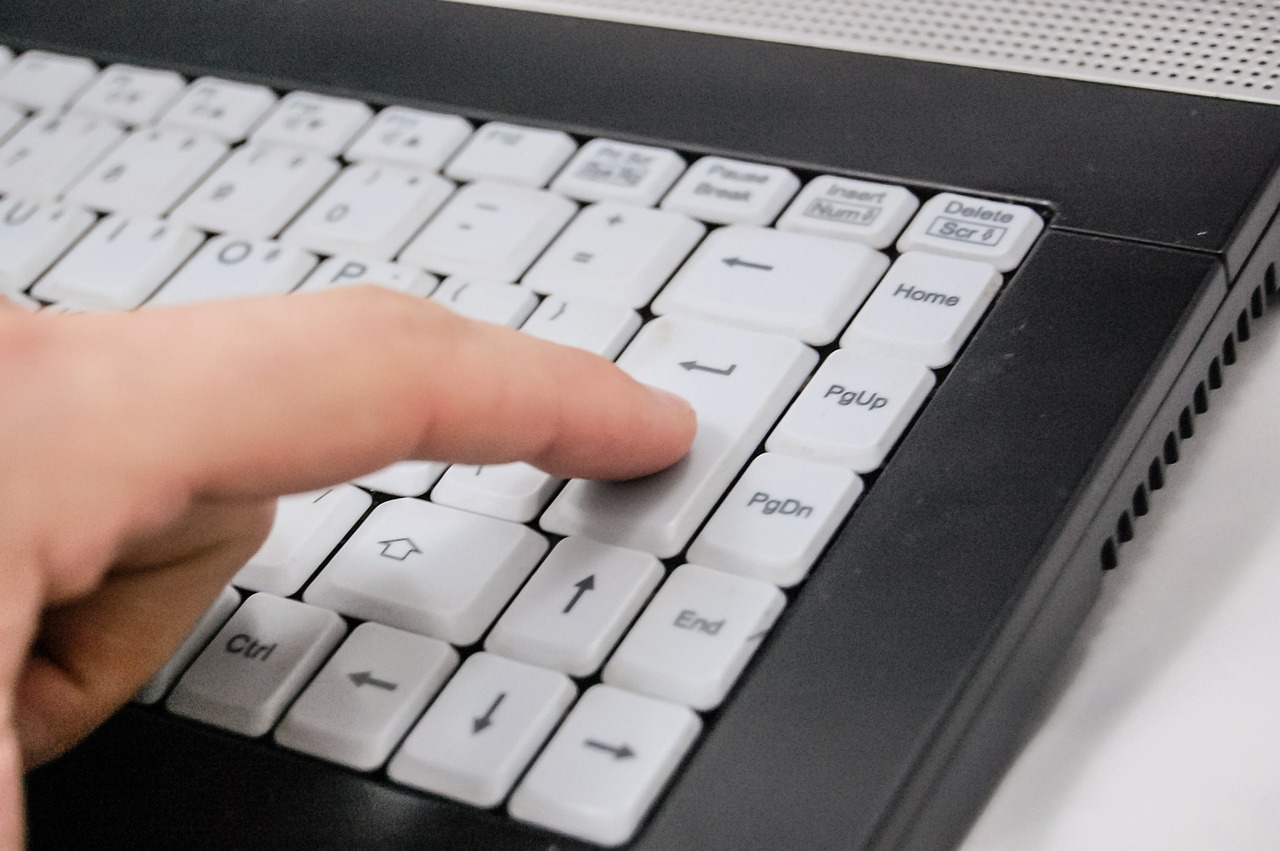 NEWS
NEWS
 NEWS
NEWS
 NEWS
NEWS
Today 21, Inc. producer of the 21 Bitcoin Computer, a tiny programmable Linux machine with a Bitcoin miner attached, announced the release of a comprehensive library for use with the machine. This is expected to be the first step on a roadmap towards a portable open-source release.
This continues 21’s strong show for its developer community, which appears to be aiming for a distributed autonomous network layer where developers (and devices) can expose jobs to the network and pay for work in bitcoins. This has obvious implications for an Internet of Things marketplace and has been proof-of-concept tested by Jeff Garzik, Bitcoin core developer.
The 21 Bitcoin Library is written in Python 3 and the core module is available under the namespace “two1.lib.bitcoin” with documentation available from the 21 Bitcoin Library website.
The core key features include:
The second module is the 21 Blockchain Library, which is accessible from the “two1.lib.blockchain” namespace. This library provides an API for requesting transaction and block data from a blockchain provider (in this case the Bitcoin blockchain). The API also allows the submission of transactions to the provider for inclusion in new blocks.
The third module is the 21 Machine Wallet Library, which is accessible from the “two1.lib.wallet” namespace. This provides a wallet that is optimized for machine-to-machine transactions that connects directly to the 21 Mining Chip, combined with every 21 Bitcoin Computer. The announcement added that the wallet conforms to both BIP-32 and BIP-44 standards.
The final module is the 21 Crypto Library, which is accessible from the “two1.lib.crypto” namespace. With this module, developers can access low-level cryptographic functions used for Bitcoin transactions for creating public key signatures using Elliptic Curve Digital Signature Algorithm (ECDSA) on the secp256k1 curve. This module provides two sub-modules, one which uses OpenSSL if the OpenSSL library is available on the system and the second sub-module is a pure Python module designed to be more portable, but comes with less performance optimizations and is not as fully audited.
Developers interested in the new library can see the whole documentation on the 21 Bitcoin Computer reference website and those new to the system can find tutorials at 21.co/learn.
THANK YOU